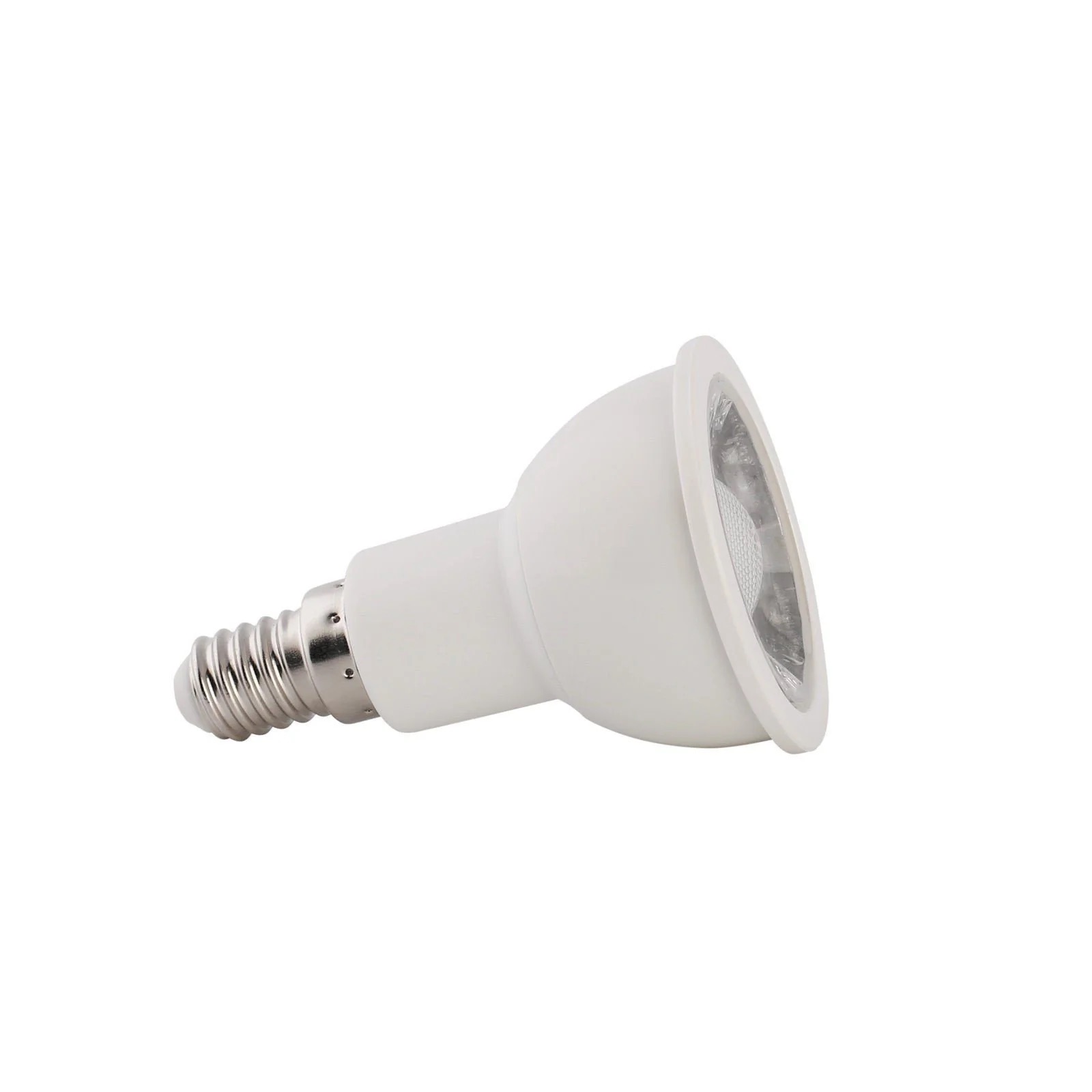

Articles
How To Figure Out Light Bulb Base Size
Modified: December 7, 2023
Looking for articles on how to figure out light bulb base size? Find helpful tips and information on determining the right base size for your light bulbs.
(Many of the links in this article redirect to a specific reviewed product. Your purchase of these products through affiliate links helps to generate commission for Storables.com, at no extra cost. Learn more)
Introduction
Welcome to the world of light bulb base sizes! Have you ever found yourself staring at a light bulb and wondering, “What size is this?” Well, you’re not alone. Understanding light bulb base sizes is essential when it comes to choosing the right light bulbs for your home, office, or any other space.
Light bulb base sizes may seem puzzling at first, but once you grasp the basic concepts, it becomes much easier to navigate the vast array of options available. In this article, we’ll explore the different types of light bulb bases, learn how to measure a light bulb base, and uncover the most common light bulb base sizes.
Whether you’re replacing a burnt-out bulb, upgrading to energy-efficient LED bulbs, or simply looking to enhance the lighting in your living space, having a good understanding of light bulb base sizes is crucial. So, let’s dive in and shed some light on this topic!
Key Takeaways:
- Understanding light bulb base sizes is crucial for choosing the right bulbs. Whether it’s screw bases, bayonet bases, or pin bases, knowing the types and common sizes ensures a perfect fit for your lighting fixtures.
- When choosing the right light bulb base size, consider factors like the type of bulb, lighting application, and energy efficiency. By measuring accurately and consulting manufacturer recommendations, you can confidently select the perfect base size for your needs.
Read more: What Is A Standard Light Bulb Base
Understanding Light Bulb Base Sizes
Before we delve into the various light bulb base sizes, let’s clarify what exactly a light bulb base is. The base of a light bulb is the part that connects the bulb to the socket, allowing it to receive power and light up.
Light bulb base sizes are typically denoted by a code or a combination of letters and numbers. Understanding these codes will help you identify the correct base size for your light bulbs.
It’s important to note that there is a wide range of light bulb base sizes available, each designed for specific types of light fixtures or lamps. The size and type of base you need will depend on the specific requirements of your lighting fixture.
Light bulb bases are categorized into different types based on their design and the way they connect to the socket. Some of the most common types include screw bases, bayonet bases, and pin bases. Let’s take a closer look at each of these types.
1. Screw Bases: Screw-in light bulbs are the most common type, and they have threads on the base that allow them to be twisted into a socket. The two most popular screw bases are the Edison Screw (ES) and the Candelabra Screw (CES). The Edison Screw has a wider base and is commonly used in standard light fixtures, while the Candelabra Screw has a smaller base and is often found in chandeliers or decorative lighting.
2. Bayonet Bases: Bayonet bases feature two pins that are inserted into corresponding slots in the socket. The pins are then twisted to secure the bulb in place. Bayonet bases are often used in Europe and other parts of the world and are denoted by a numerical code indicating the diameter of the base and the number of pins.
3. Pin Bases: Pin bases are commonly found in specialized lighting fixtures and are designed to be plugged into a socket. There are different types of pin bases, such as the GU10, GX53, and G4, each with its own unique features and uses.
Understanding the different types of light bulb bases is the first step in determining the correct base size for your lighting needs. In the next section, we’ll explore how to measure a light bulb base to ensure you get the perfect fit for your fixtures.
Types of Light Bulb Bases
When it comes to light bulb bases, there is a wide variety of types to choose from. Each type is designed to fit specific light fixtures and provide a secure connection between the bulb and the socket. Let’s explore some of the most common types of light bulb bases:
- Edison Screw (ES) Base: This type of base is named after Thomas Edison, the inventor of the incandescent light bulb. The Edison Screw base is characterized by its screw-like threads that allow the bulb to be twisted into the socket. It comes in different sizes, such as E26 (medium) and E12 (candelabra).
- Candelabra Screw (CES) Base: The Candelabra Screw base is similar to the Edison Screw base but has a smaller diameter. It is commonly used in chandeliers, wall sconces, and other decorative lighting fixtures. The most common size for a candelabra base is E12.
- Bayonet Base: The Bayonet base is a popular type of base in Europe and some other regions. It features two pins that are inserted into corresponding slots in the socket and twisted to secure the bulb. Bayonet bases are available in different sizes, such as B22 (standard bayonet) and BA15d (double contact bayonet).
- Bi-pin Base: Bi-pin bases are characterized by two pins that protrude from the bottom of the bulb. These pins are designed to fit into matching slots in the socket. The most common size for bi-pin bases is G4 (halogen bulbs) and GU10 (LED bulbs).
- Screw-in Pin Base: This type of base combines the convenience of a screw-in base with the stability of pin bases. It has threaded pins that allow the bulb to be screwed into the socket and secured in place. Examples of screw-in pin bases include the E11 and E17 sizes.
These are just a few examples of the many different types of light bulb bases available. It’s important to check the specifications of your light fixture to determine the appropriate base type and size for your needs.
Now that we’ve explored the different types of light bulb bases, let’s move on to the next section: how to measure a light bulb base accurately.
How to Measure a Light Bulb Base
Measuring a light bulb base is essential to ensure compatibility with your lighting fixture. The process is fairly straightforward and requires only a few simple tools. Here’s how you can measure a light bulb base:
- Identify the Bulb Type: Before measuring the base, determine the type of bulb you have. Is it a screw-in bulb or a pin-type bulb? This information will help you understand the specific measurements to take.
- Measure the Diameter: For screw-in bulbs, measure the diameter of the base. This can be done by placing a ruler or caliper across the widest part of the base and reading the measurement. Common screw-in base sizes include E26 (medium) and E12 (candelabra).
- Measure the Length: In some cases, you may also need to measure the length of the base. This is especially important for pin-type bulbs. Use a ruler to measure from the bottom of the base to the top. Make sure to take accurate measurements to ensure the bulb fits properly in the socket.
- Check for any Unique Features: Some bulbs have additional features or notches on the base that are specific to the manufacturer or bulb type. Take note of any unique features as they may affect the compatibility of the bulb with your fixture.
- Refer to the Manufacturer’s Specifications: If you’re unsure about the measurements or have a unique type of bulb, it’s always a good idea to refer to the manufacturer’s specifications. They will provide accurate information about the base size and other relevant details.
By following these steps, you can easily measure a light bulb base and ensure that you choose the right size for your lighting fixtures. Taking accurate measurements will save you time and effort when it comes to purchasing replacement bulbs or upgrading to more energy-efficient options.
Now that you know how to measure a light bulb base, let’s move on to explore some of the most common light bulb base sizes you’re likely to encounter.
When trying to figure out the light bulb base size, measure the diameter of the base in millimeters. Common sizes include E26 (26mm) and E12 (12mm).
Common Light Bulb Base Sizes
Light bulb base sizes come in a variety of types, and knowing the most common sizes can simplify your search for the right light bulbs. Here are some of the frequently encountered light bulb base sizes:
- E26 (Medium Screw Base): The E26 base, also known as the medium screw base, is one of the most common sizes for household light bulbs. It has a diameter of 26mm and is typically used in lamps, ceiling fixtures, and various types of lighting fixtures.
- E12 (Candelabra Screw Base): The E12 base, also known as the candelabra screw base, is smaller in size compared to the E26. It has a diameter of 12mm and is frequently used in chandeliers, wall sconces, and decorative lighting fixtures.
- G4 (Bi-Pin Base): The G4 base is a bi-pin base commonly found in low-voltage halogen bulbs. It features two pins that are 4mm apart and is often used in under-cabinet lighting, landscape lighting, and desk lamps.
- GU10 (Bi-Pin Base): The GU10 base is another bi-pin base primarily used for LED and halogen bulbs. It has two pins that are 10mm apart and is commonly used in track lighting, recessed lighting, and pendant fixtures.
- B22 (Bayonet Base): The B22 base, also known as the bayonet base, is a common size in Europe and several other parts of the world. It features a twist-lock design with two pins and is typically found in floor lamps, table lamps, and ceiling fixtures.
These are just a few examples of the common light bulb base sizes you’re likely to encounter. It’s important to note that there are many other sizes available, each designed for specific types of light fixtures. Always check the specifications of your lighting fixture or refer to the manufacturer’s guidelines to determine the correct base size for your needs.
Now that you have a better understanding of the most common light bulb base sizes, let’s move on to the next section, where we’ll discuss how to choose the right light bulb base size for your lighting needs.
Read more: What Is Mogul Base Light Bulb
Choosing the Right Light Bulb Base Size
When it comes to choosing the right light bulb base size, there are a few important factors to consider. By taking these factors into account, you can ensure that your light bulbs fit securely and function properly in your lighting fixtures. Here are some tips to help you choose the right light bulb base size:
- Check Your Lighting Fixture: Start by examining the lighting fixture where the bulb will be installed. Look for any markings or labels that indicate the required base size. This will give you a good starting point in choosing the right size.
- Measure the Existing Bulb: If you are replacing an existing bulb, take accurate measurements of the base diameter and length, as we discussed earlier. Use a ruler or caliper to ensure precision.
- Consider the Bulb Type: Different types of light bulbs often come with specific base sizes. For example, LED bulbs typically have different base sizes than incandescent bulbs. Make sure the base size of the bulb matches the type of lighting technology you are using.
- Think about the Lighting Application: Consider the purpose and location of the lighting fixture. For instance, if you are installing bulbs in a chandelier or decorative lighting, you may need candelabra screw bases (E12) for a more fitting aesthetic.
- Consult the Manufacturer’s Recommendations: If you’re unsure about the appropriate base size for your lighting needs, always refer to the manufacturer’s guidelines or consult their customer support. They can provide specific recommendations based on their products and fixtures.
- Consider Energy Efficiency: If you’re upgrading to energy-efficient light bulbs, such as LED or CFL bulbs, make sure the base size is compatible with your existing fixtures. Many energy-efficient bulbs are designed to fit standard medium screw bases (E26).
By considering these factors, you can make an informed decision and choose the right light bulb base size for your specific needs. Remember, the goal is to ensure a secure and proper fit in your lighting fixtures to maximize performance and avoid any potential safety issues.
Now that you know how to choose the right light bulb base size, let’s conclude our article with a brief recap.
Conclusion
Understanding light bulb base sizes is a key aspect of choosing the right light bulbs for your home or workplace. By familiarizing yourself with the different types of bases, measuring accurately, and considering the specific requirements of your lighting fixtures, you can confidently select the appropriate base size.
Throughout this article, we’ve explored the various types of light bulb bases, including screw bases, bayonet bases, and pin bases. We’ve also discussed how to measure a light bulb base to ensure an accurate fit and examined some of the most common base sizes, such as E26, E12, G4, GU10, and B22.
When choosing the right light bulb base size, it’s important to check your lighting fixture, measure existing bulbs, consider the bulb type and application, consult the manufacturer’s recommendations, and think about energy efficiency. Taking these factors into account will help you make informed decisions and avoid compatibility issues.
Remember, the right light bulb base size is crucial for proper functionality, safety, and aesthetics. Whether you’re replacing a burnt-out bulb, upgrading to energy-efficient options, or enhancing the ambiance of your space, understanding light bulb base sizes will guide you in finding the perfect fit.
So, the next time you find yourself in need of a light bulb, take a moment to examine the base size and ensure it matches your requirements. With the right base size, you’ll be able to illuminate your surroundings effectively and enjoy the desired lighting experience.
Thank you for joining us on this journey to explore light bulb base sizes. Now, go forth and shine a light on the world!
Frequently Asked Questions about How To Figure Out Light Bulb Base Size
Was this page helpful?
At Storables.com, we guarantee accurate and reliable information. Our content, validated by Expert Board Contributors, is crafted following stringent Editorial Policies. We're committed to providing you with well-researched, expert-backed insights for all your informational needs.
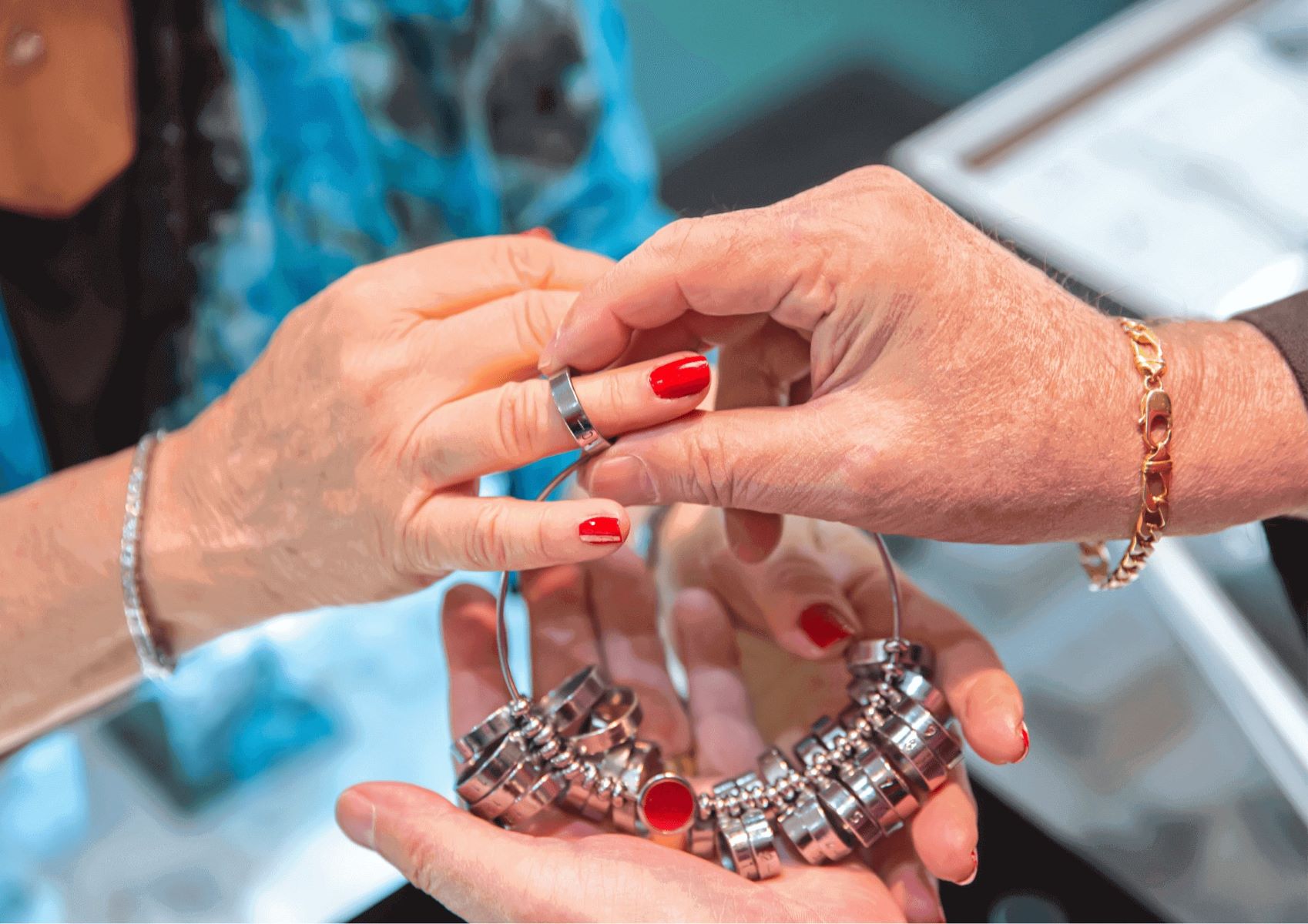
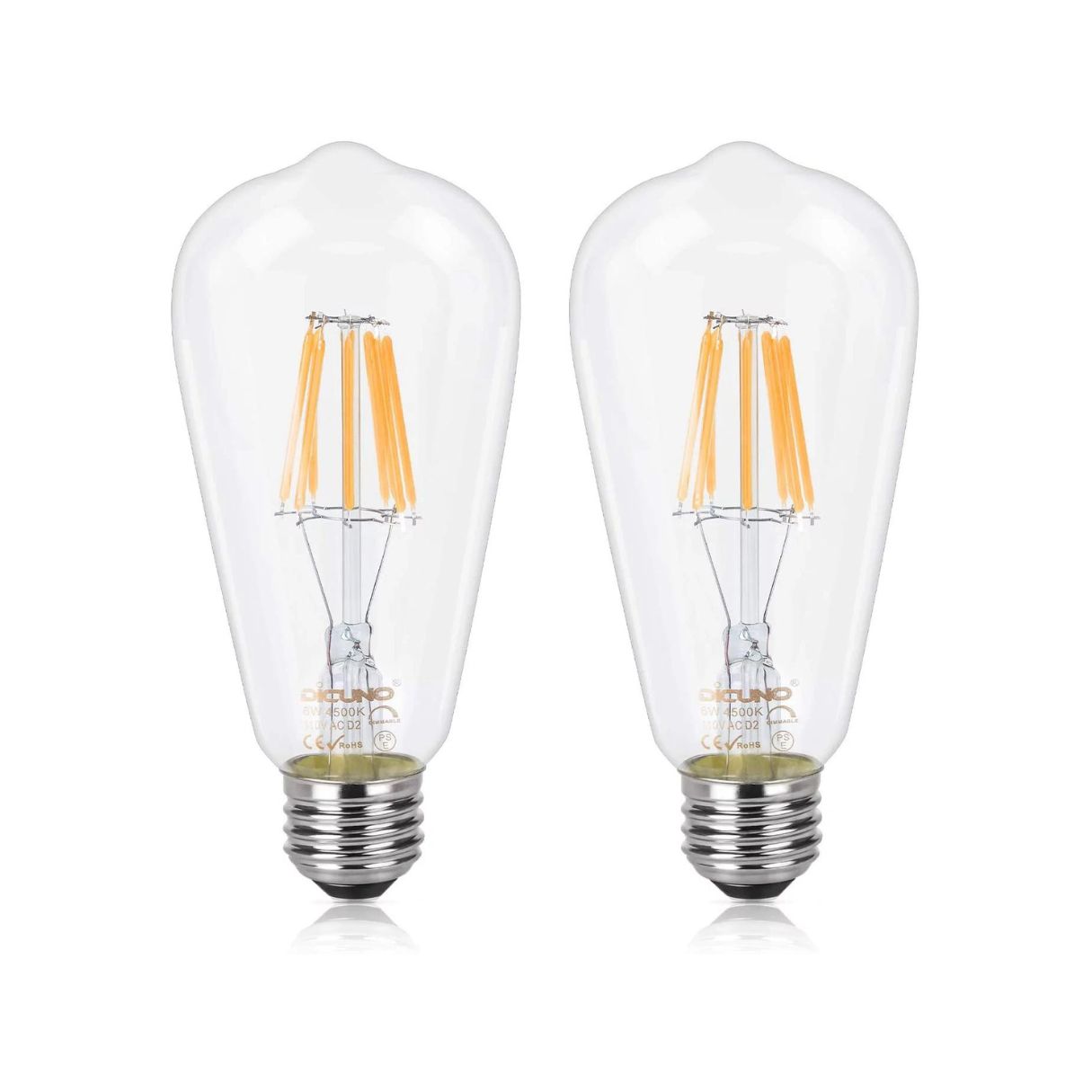
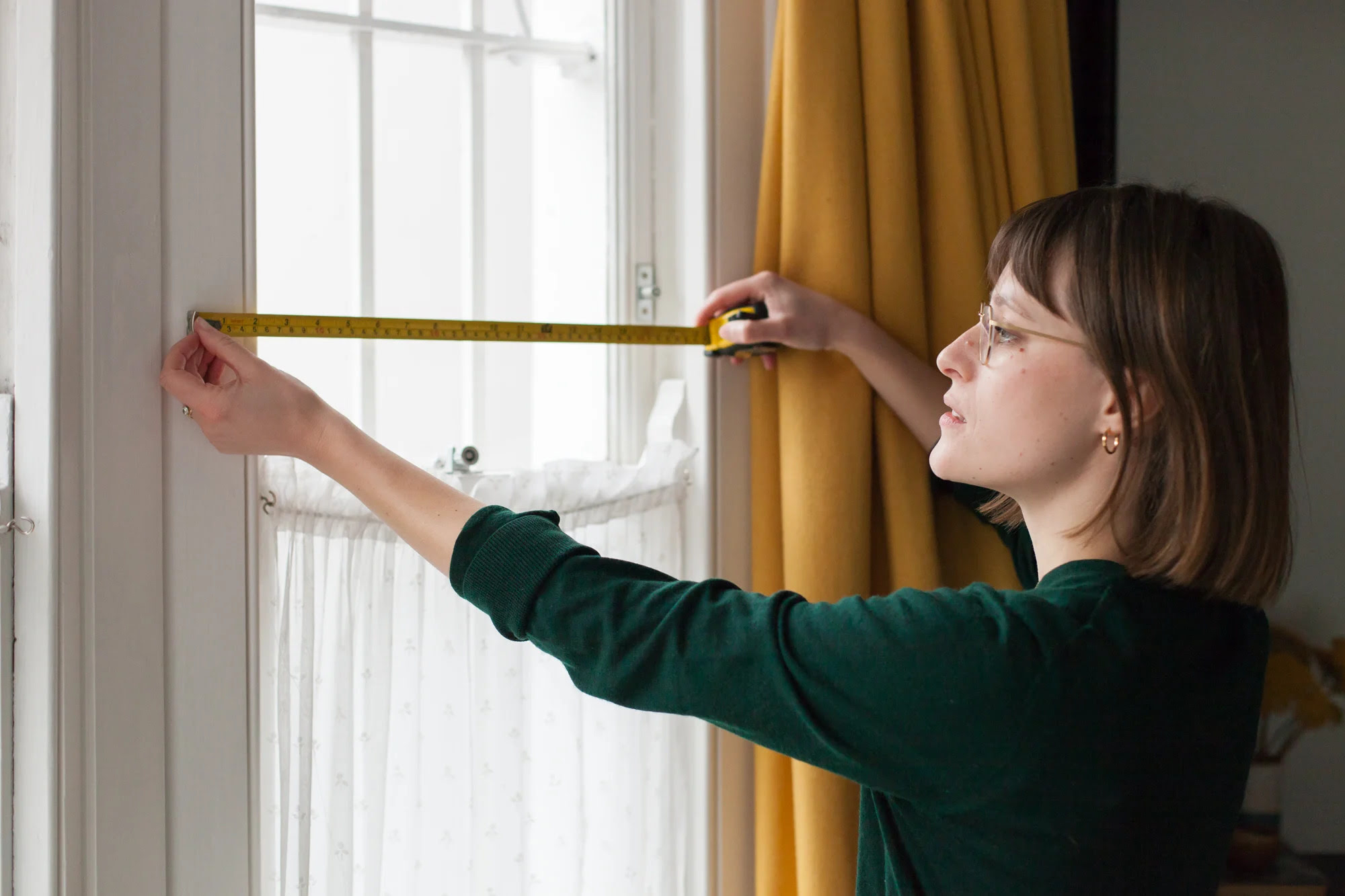

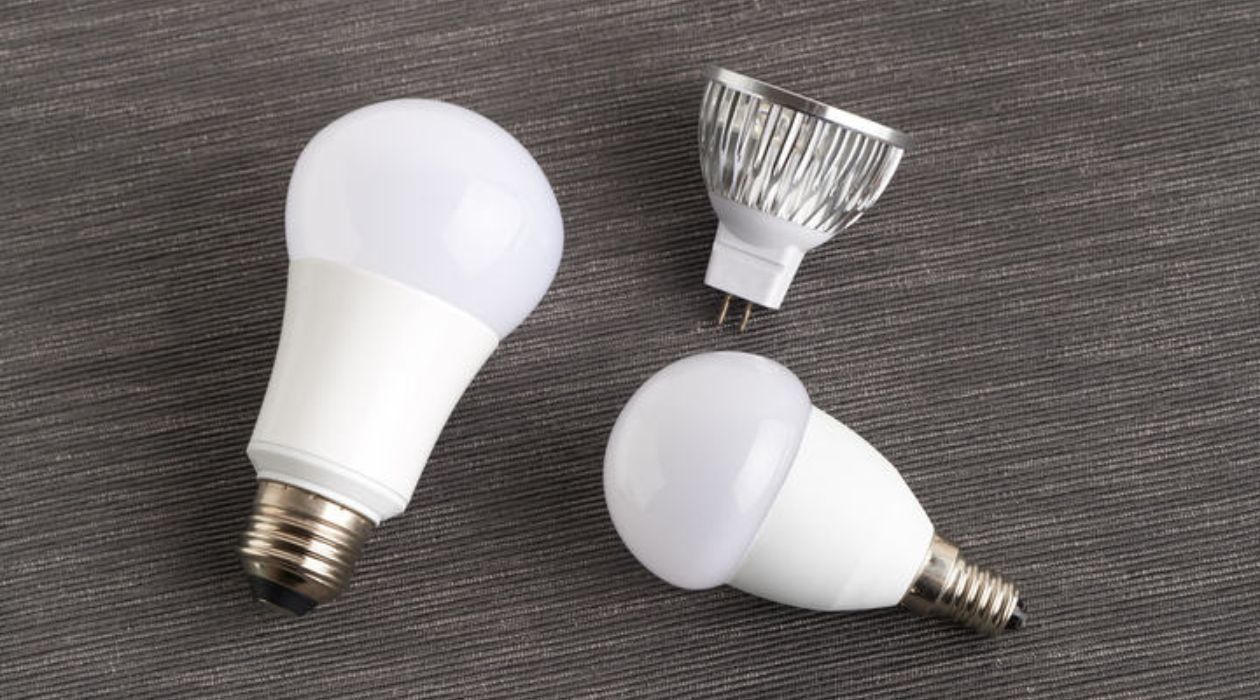

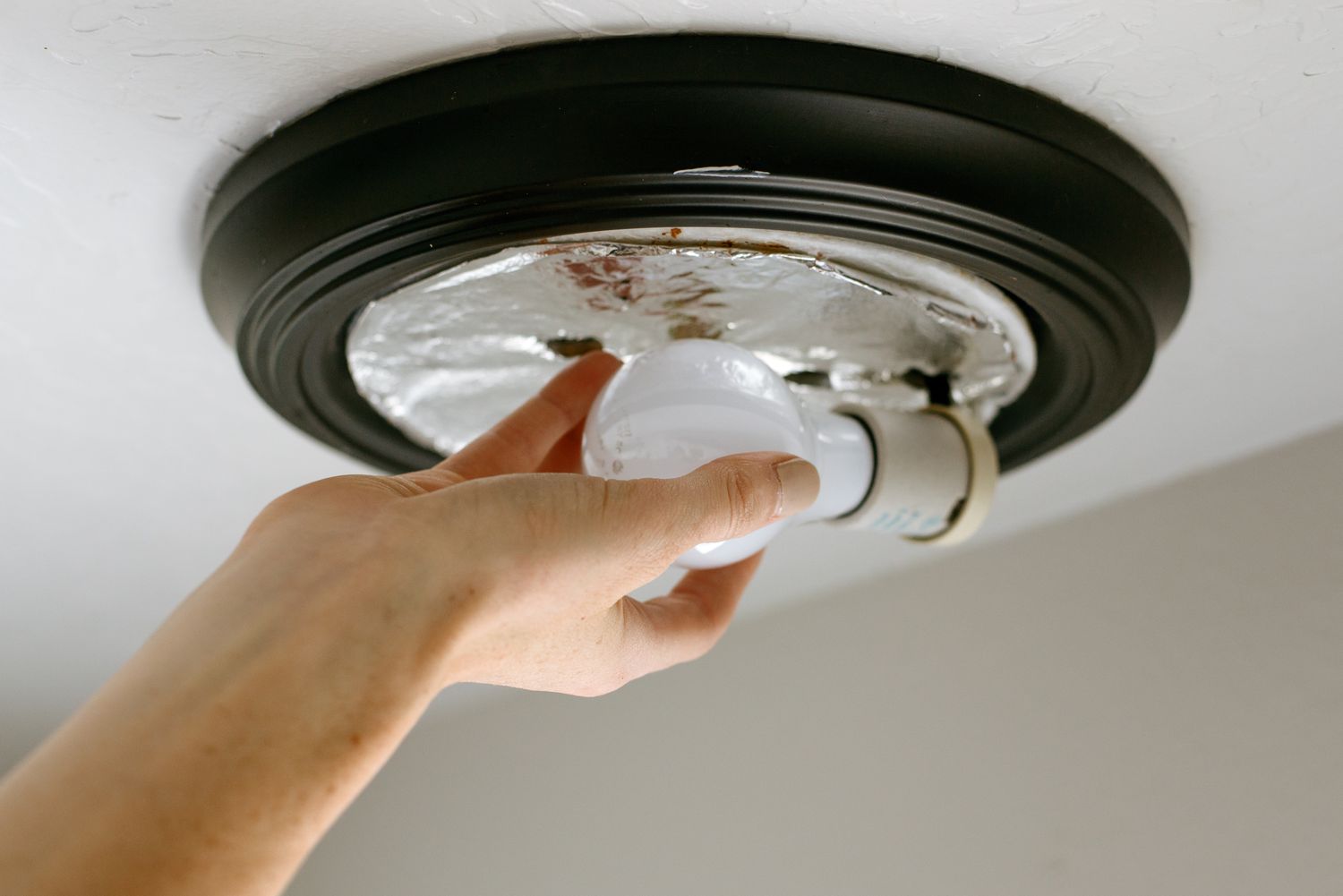
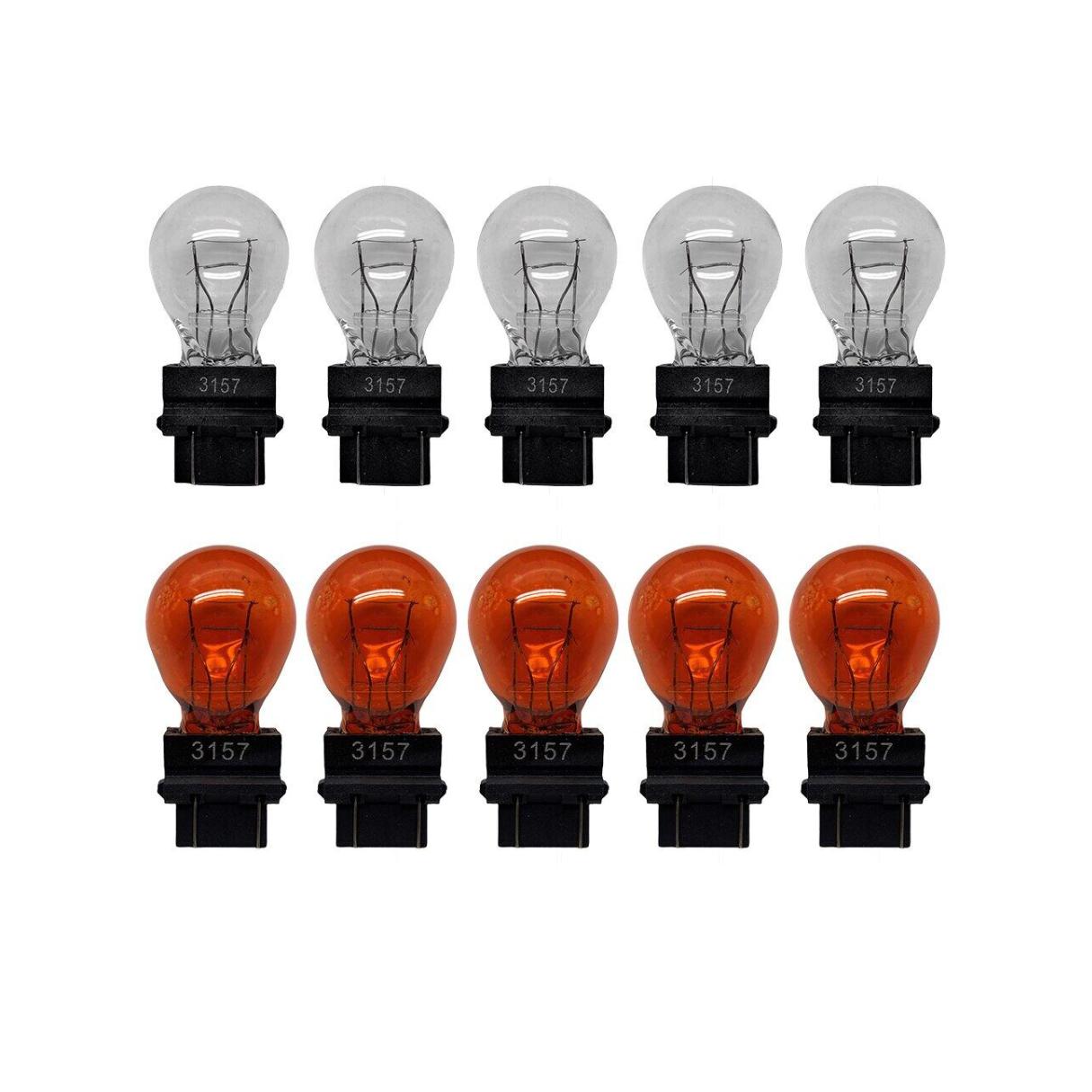

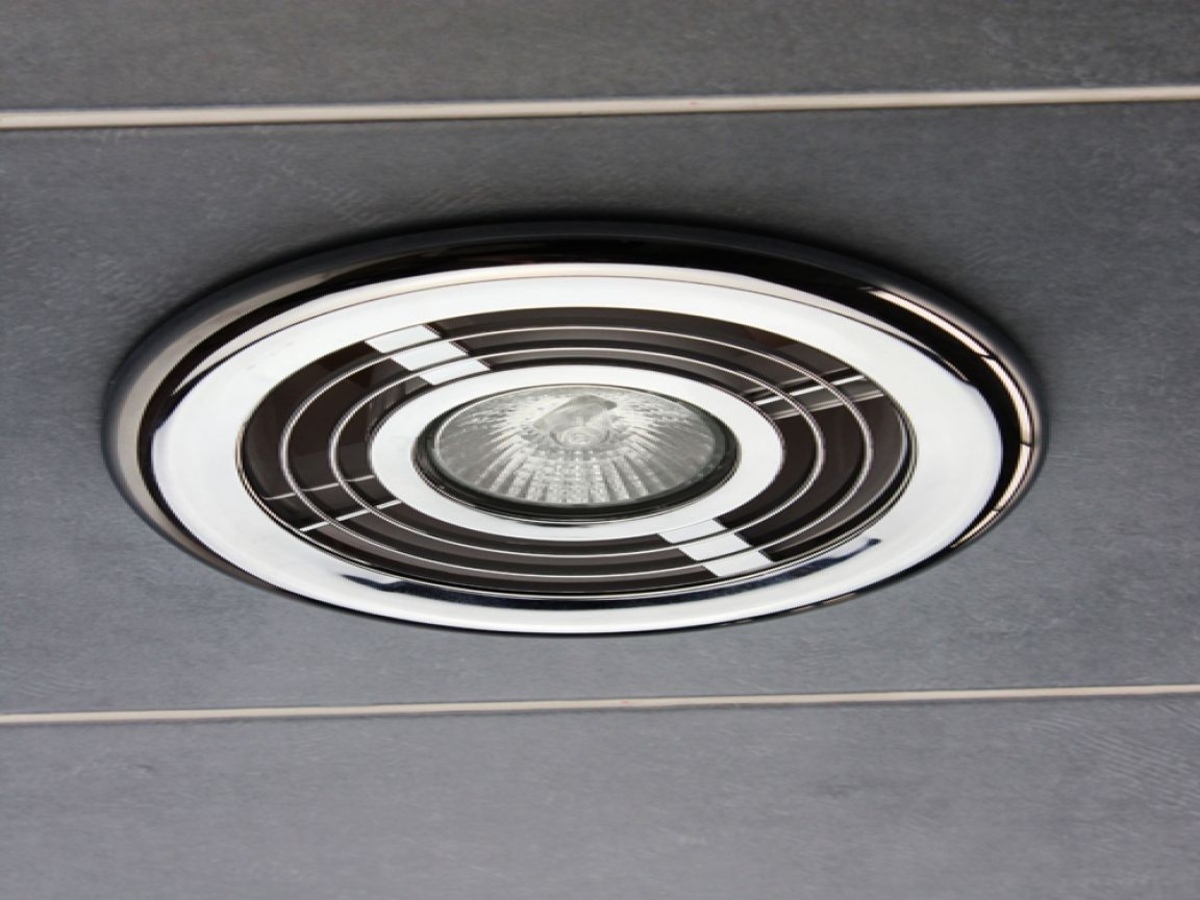
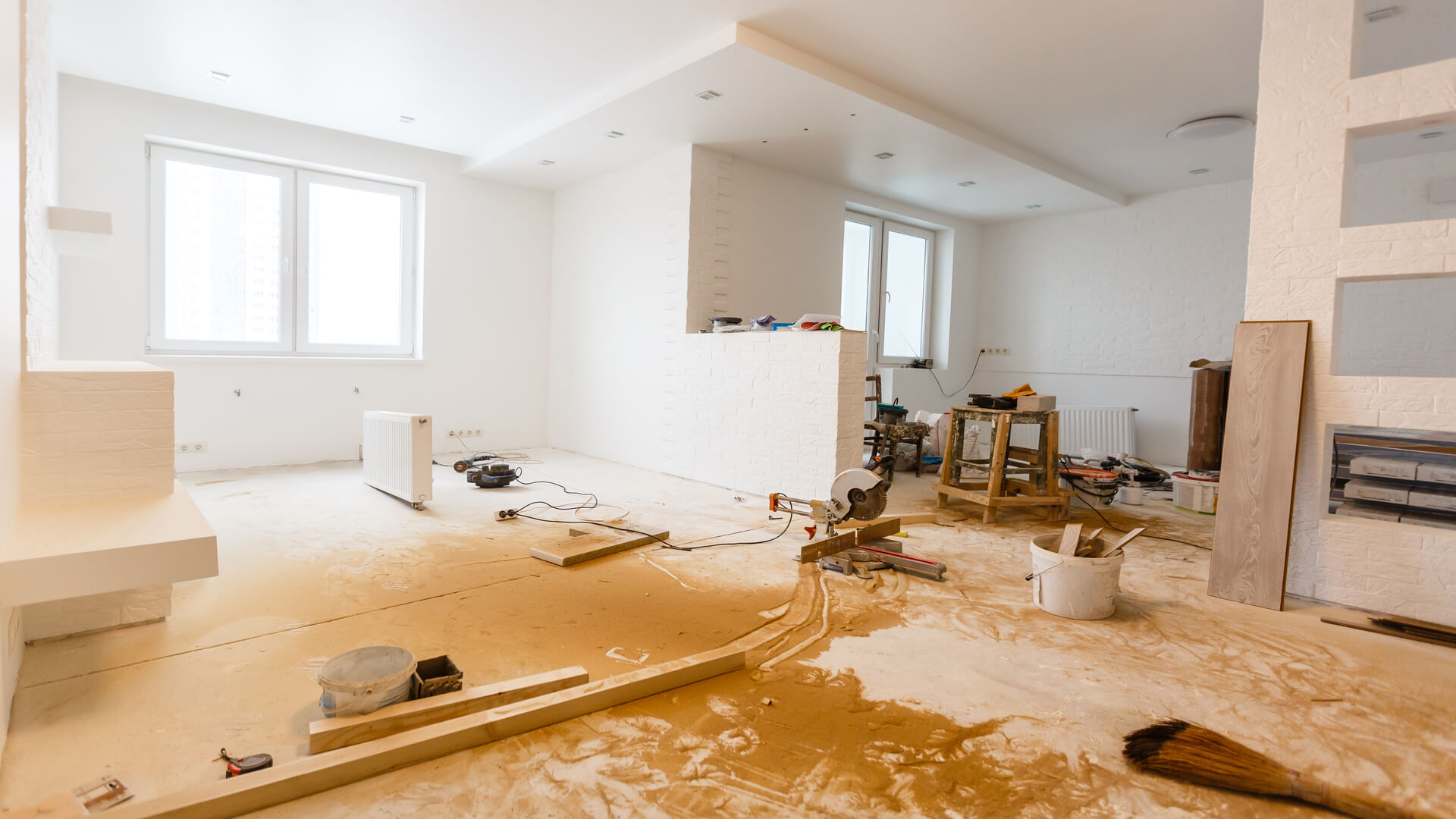
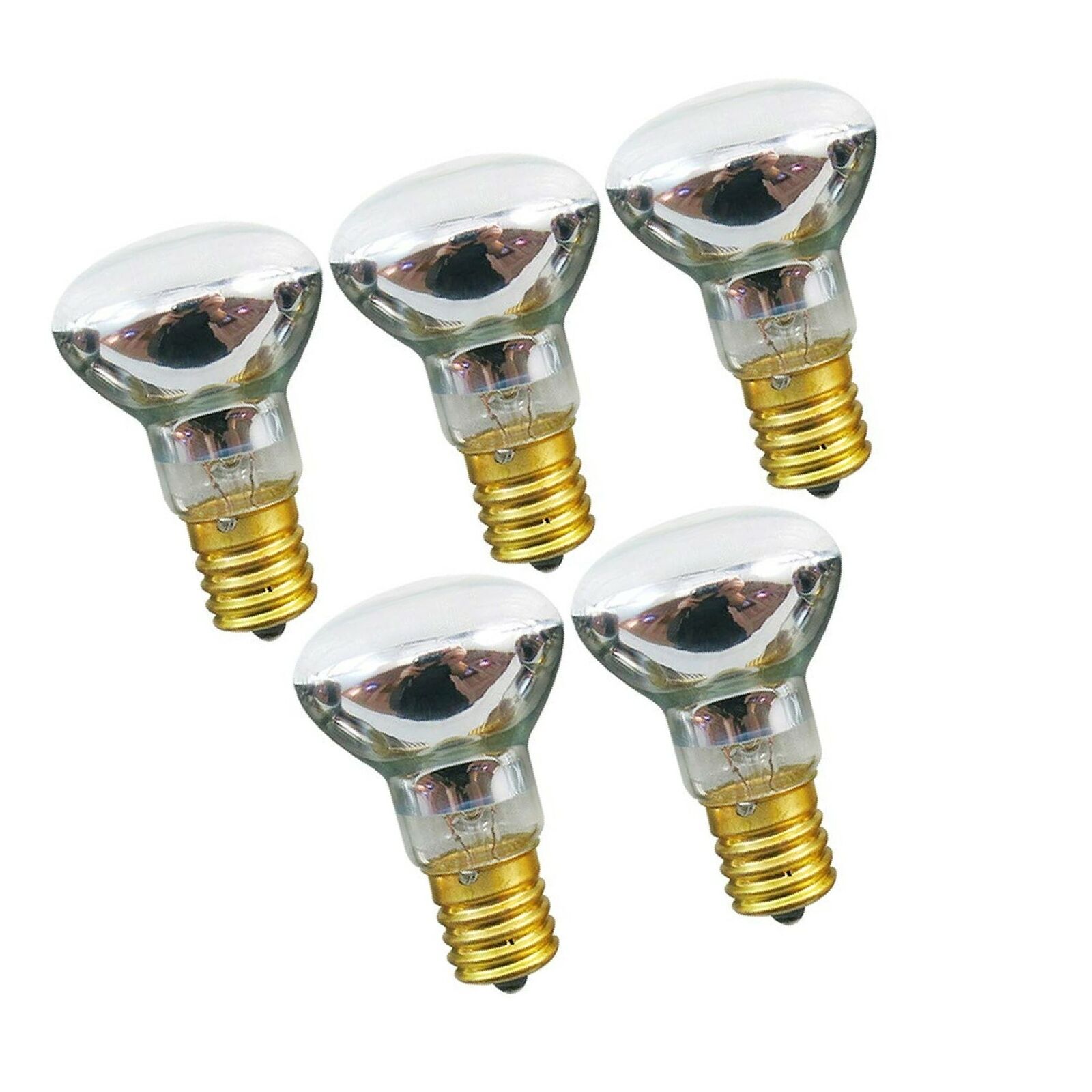
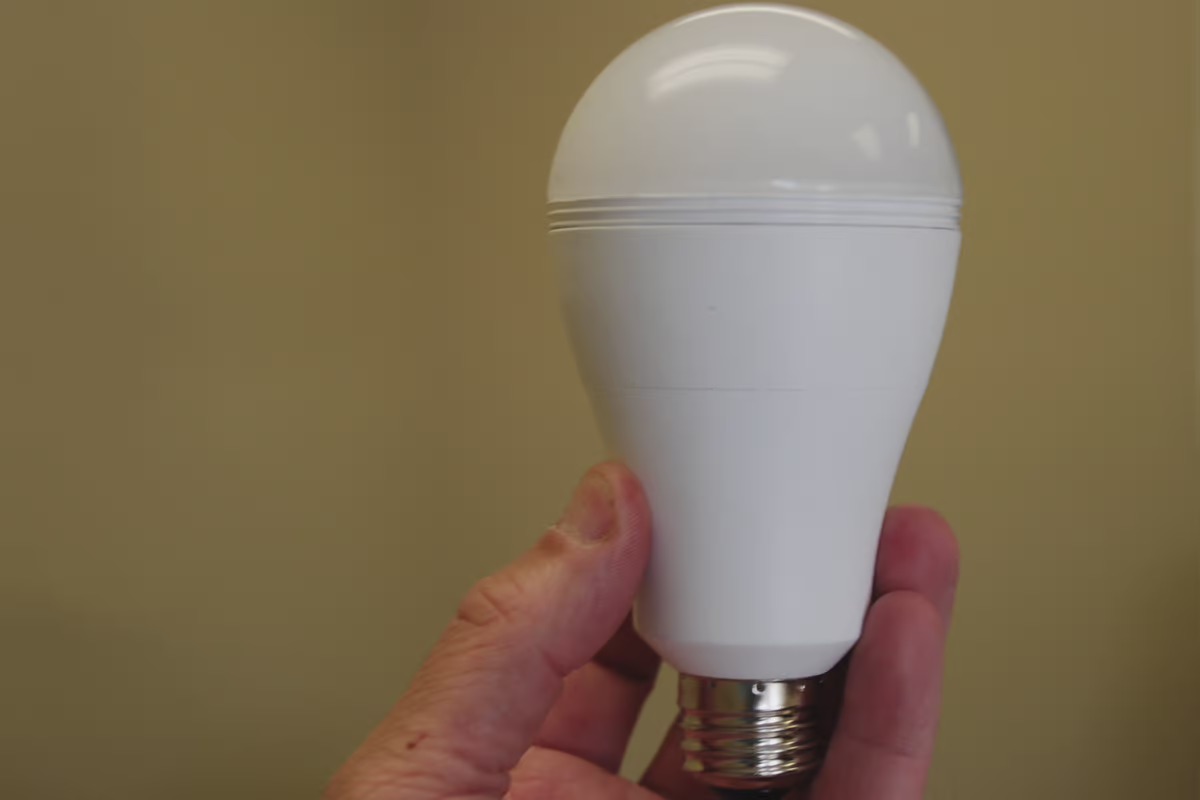
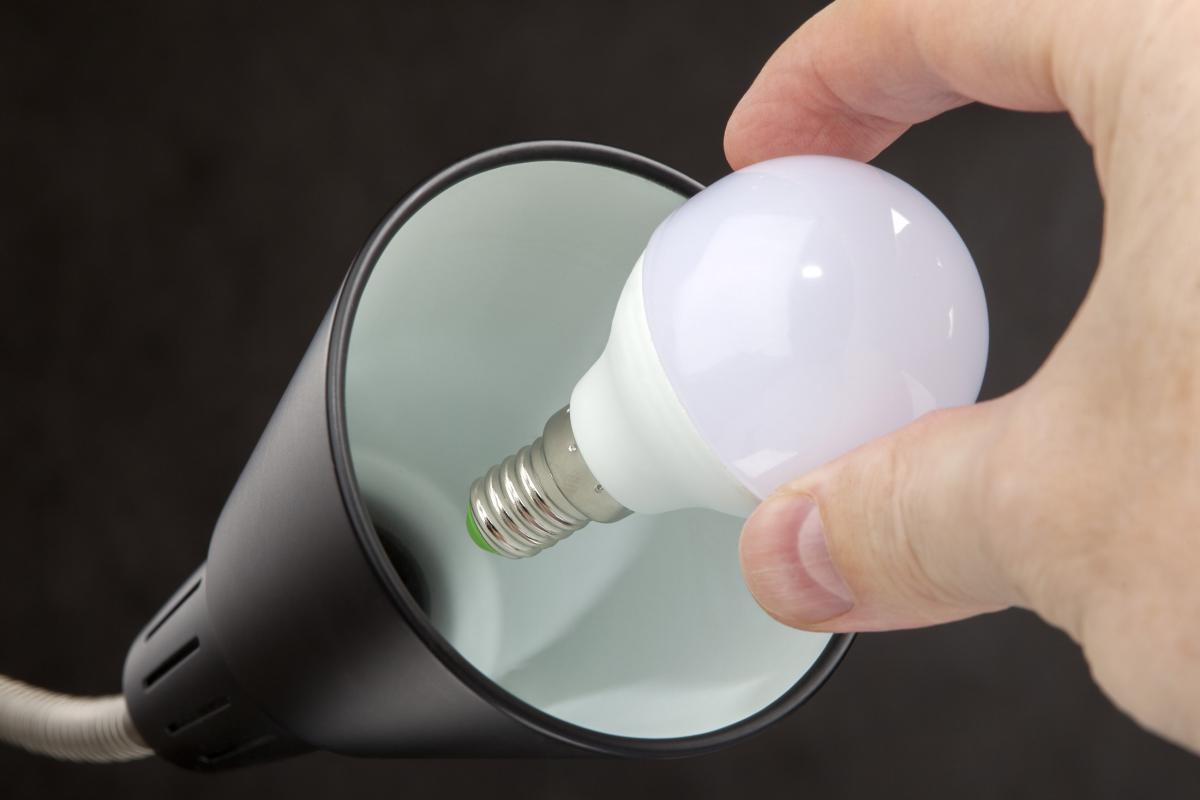

0 thoughts on “How To Figure Out Light Bulb Base Size”